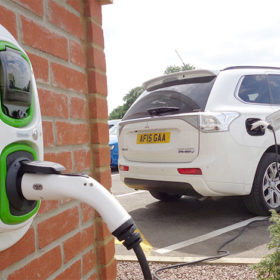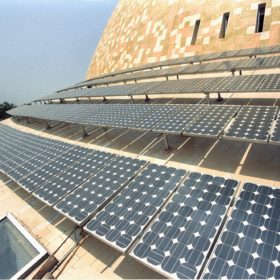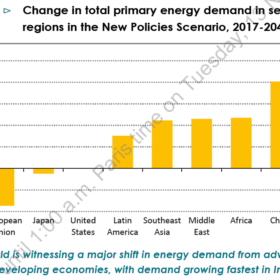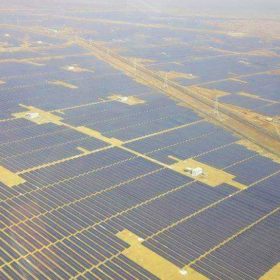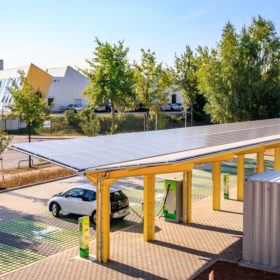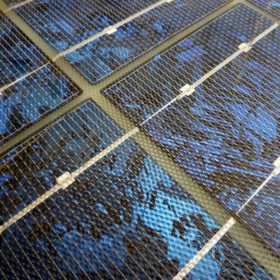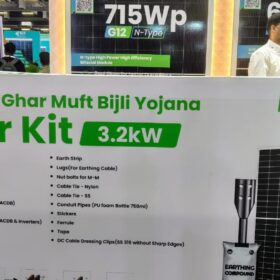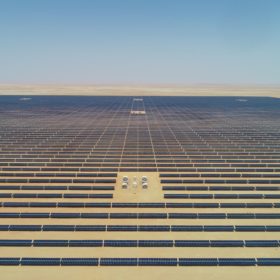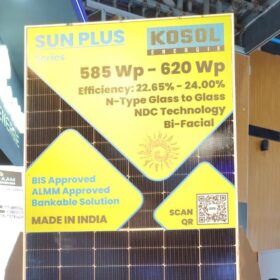The long read: Cutting down on copper
Controllable, distributed battery storage systems can help avoid bottlenecks in power distribution networks. That reduces the cost of grid expansion, but to turn this use of storage systems into a business model, a number of conditions still have to be met.
Harayana starts to make headway with another 20 MW of rooftops
State is struggling to hit an ambitious distributed generation target that calls for another 1.6 GW of rooftop capacity within four years.
NTPC tenders 1.2 GW of grid connected solar capacity
The projects, in Maharashtra, will be commissioned through a reverse auction with technical bidding to close on December 19. The deadline for the submission of financial bids and the date for the reverse auction after the opening of financial bids, will be published in due course.
Extent of India’s new utility-scale solar has almost halved in six months
India added 1.2 GW of large-scale projects in the third quarter of 2018-19, taking new capacity in the first half to 1.9 GW. The numbers are down 43% and 44%, respectively, on the same periods of the previous year, according to Bridge to India’s quarterly India Solar Compass.
India’s energy demand will more than double by 2040 – IEA
The world is witnessing a major shift in energy demand from advanced to developing economies, with demand growing fastest in India – according to the International Energy Agency’s (IEA’s) latest World Energy Overview.
Tariff tussle grows over pricing of 970 MW project
The Solar Energy Corporation of India (SECI) and Karnataka Electricity Regulatory Commission (KERC) have locked horns over the power pricing of a 970 MW solar project.
SECI hikes tariff ceiling to lure bidders
Reeling from a no-show from bidders at various auctions, the Solar Energy Corporation of India (SECI) has raised the ceiling price for two of its mega tenders by 10 paise (US$0.0014) each.
The weekend read: Getting rolling
The first companies are demonstrating that today it can be worthwhile commercially to back electric vehicles in combination with solar generation and storage. Particularly in the case of public charging stations, solar power used for electric vehicle charging could become the basis for a profitable operator model in the future.
Solar sector to add 552 GW by 2027 led by China
The leading trio – China, the United States and India – will comprise 70% of the projected 552 GW of solar capacity, which will be added between end-2017 and 2027, finds Fitch Solutions, which has revised down its original forecast for solar capacity growth in China. The curbed growth in China, due to subsidy cuts and restricted access to the United States and India, is expected to squeeze domestic solar equipment manufacturers, but also lead to access to cheaper solar panels in other smaller markets.
India-Taiwan safeguard duty talks hit an impasse
India and Taiwan have failed to reach an agreement at the World Trade Organisation (WTO) over the 25% safeguard duties imposed by India on solar imports. The talks, however, will continue.
